Food allergies have become an increasingly significant issue both in the United States and globally, impacting millions of individuals. The existing information often concentrates on the 8 or 9 most prevalent food allergens, however, we aim to take a more comprehensive approach by spotlighting the top 20 food allergies.
By doing so, we intend to provide a deeper understanding of the various allergens that people may encounter, contributing to a more inclusive and informed perspective on food allergies.

Table of Contents
How are the top 20 food allergies ranked?
The ranking of the top 20 most common food allergies is determined through a comprehensive analysis that involves aggregating data from the FDA, study statistics, and Google’s average monthly search volume. Utilizing these metrics we can provide a dynamic representation and offer valuable insights into the most common food allergies.
Top 20 Food Allergies Ranked

Food allergens are a rising concern around the world, affecting individuals, families, and businesses. Most of the literature only covers the “Big 8”, or now, “Big 9” food allergens, as they make up the majority of food-related allergic reactions. What about all the other food reactions? Here is the list of the top 20 food allergies in ranking order.
1. Dairy

Milk and dairy products are currently the most common sources of food allergies, particularly in infants and young children. The cow’s milk protein allergy (CMPA) is often directed specifically towards proteins found in cow’s milk, such as casein and whey.
Unlike lactose intolerance, which is a separate condition involving the inability to digest lactose, a sugar in milk, a milk allergy involves the immune system mistakenly identifying milk proteins as harmful. Fortunately, some children may outgrow milk allergies as they get older.
2. Shellfish

Shellfish allergies are a prevalent form of food allergy, affecting both adults and children. Shellfish is broadly categorized into two groups: crustaceans, such as shrimp, crab, and lobster, and mollusks, which include clams, mussels, oysters, and scallops.
Top Shellfish Allergens Ranked
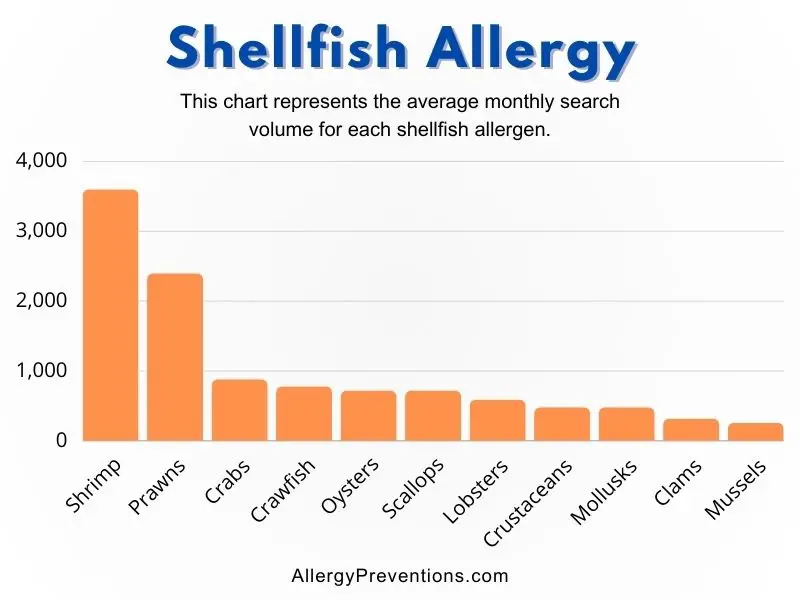
The top 3 shellfish people are allergic to are shrimp, prawns, and crabs. This list represents the specific shellfish allergy terms searched for each month:
- Shrimp
- Prawns
- Crabs
- Crayfish/Crawfish
- Oysters
- Scallops
- Lobsters
- Crustaceans
- Mollusks
- Clams
- Mussels
3. Stone Fruits
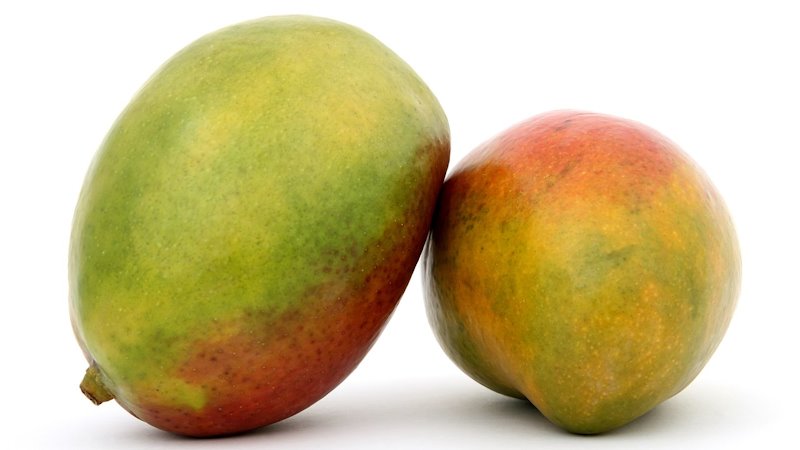
A Stone fruit allergy is one of the top 20 food allergies due to common varieties like peaches, cherries, and mangoes accounting for its numbers. A stone fruit, also known as a drupe, is a type of fruit that contains a large, hard pit or “stone” inside. This stone is surrounded by a fleshy fruit layer. The stone typically houses a single seed within.
Top Stone Fruit Allergens Ranked
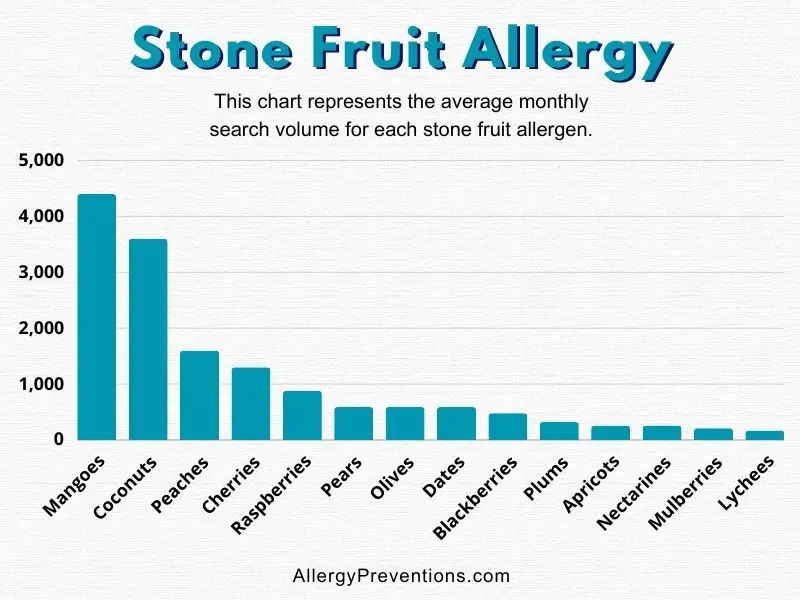
The top 3 allergy-inducing stone fruits are mangos, coconuts, and peaches. This list represents the most commonly searched stone fruit allergens in ranking order:
- Mangoes
- Coconuts
- Peaches
- Cherries
- Raspberries
- Pears
- Olives
- Dates
- Blackberries
- Plums
- Apricots
- Nectarines
- Mulberries
- Lychees
Tree Nuts
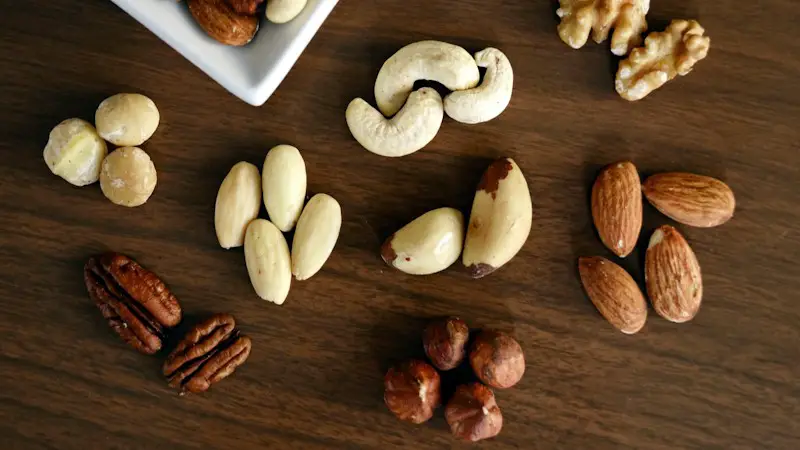
Tree nut allergies include but are not limited to almonds, walnuts, hazelnuts, cashews, pistachios, and Brazil nuts, which can trigger allergic reactions ranging from mild symptoms to severe, life-threatening anaphylaxis. Unlike some other allergies, such as milk or egg allergies that children may outgrow, tree nut allergies tend to persist into adulthood. Managing tree nut allergies requires vigilant awareness to prevent adverse reactions and ensure the well-being of those affected.
Top Tree Nut Allergens Ranked
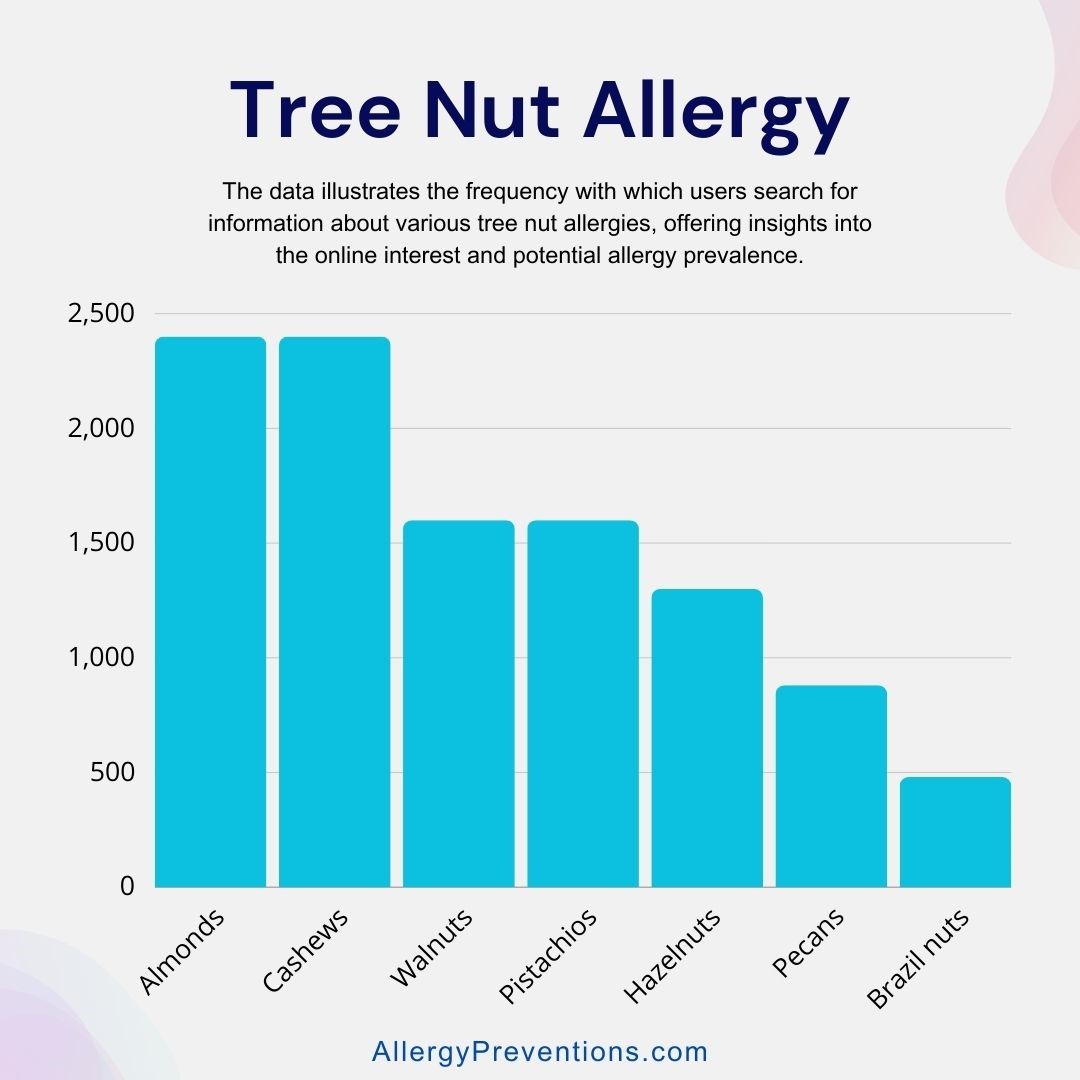
Almonds, cashews, and walnuts are the top 3 tree nuts that cause allergic reactions.
This compilation depicts the tree nut allergens most frequently searched, ranked from most to least searched:
- Almonds
- Cashews
- Walnuts
- Pistachios
- Hazelnuts
- Pecans
- Brazil nuts
5. Soy

Soy or soybean allergies are becoming more prevalent as this versatile ingredient is baking its way into many processed foods. Soy allergies are typically seen in children, fortunately, some children will outgrow this sensitivity as they get older. Common sources of soy include soybeans, soy milk, tofu, soy sauce, and soy-based products. Strict avoidance of soy-containing foods is the primary method of managing soy allergies.
6. Peanuts

Peanuts are a prevalent and potentially serious allergen, causing allergic reactions in a significant number of individuals. Peanut allergies often manifest early in life and tend to be lifelong, with only a small percentage of individuals outgrowing them. Reactions to peanuts can range from mild symptoms like itching, hives, and gastrointestinal discomfort to severe reactions, including difficulty breathing and anaphylaxis, a life-threatening emergency.
Due to the severity of peanut allergies and the potential for cross-contamination, individuals affected must exercise extreme caution. Airlines, schools, and public spaces are increasingly implementing measures to create peanut-free environments, recognizing the need to protect those with peanut allergies.
7. Eggs

Eggs are a common allergen, particularly in young children. This allergy is often directed towards proteins found in egg whites, with symptoms including skin reactions, digestive issues, respiratory problems, and in severe cases, anaphylaxis. Unlike some childhood allergies that may be outgrown, egg allergies tend to persist into adulthood for many individuals. Fortunately, advancements in food manufacturing and increased awareness have led to improved labeling practices, making it easier for those with egg allergies to navigate their dietary choices.
8. Fish
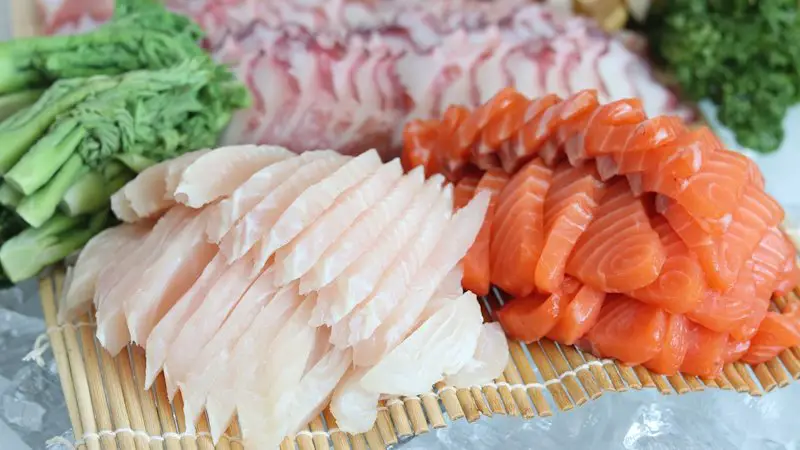
Fish allergies are common and can elicit serious and potentially life-threatening reactions. The proteins found in fish, particularly in species like salmon, tuna, and cod, can trigger immune responses in sensitive individuals. Unlike some other food allergies that may be outgrown, fish allergies are typically lifelong. Managing fish allergies involves strict avoidance of all forms of fish, including cooked and raw preparations, and vigilant label reading to identify hidden sources of fish proteins in processed foods.
9. Wheat

Wheat is an increasingly common allergen that can trigger allergic reactions, ranging from mild to severe, in susceptible individuals. A wheat allergy is distinct from celiac disease, which is an autoimmune condition triggered by gluten, a protein found in wheat and other grains. In the case of wheat allergy, the immune system reacts to proteins in wheat, leading to symptoms such as hives, digestive issues, nasal congestion, and, in rare instances, anaphylaxis.
10. Bananas

Number 10 on the top 20 food allergies list is bananas (literally). Allergic reactions to bananas can occur, albeit infrequently when compared to other food allergens. It’s important to note that allergic reactions to bananas are typically due to cross-reactivity with other allergens, such as latex. Individuals with latex allergies may experience allergic reactions to certain proteins found in bananas and other tropical fruits.
11. Pineapples

Allergic reactions to pineapple are considered to be rare because they are not frequently diagnosed. Some individuals may experience adverse reactions to pineapple, typically in the form of mild symptoms such as itching, swelling, or gastrointestinal discomfort. Severe allergic reactions to pineapple are exceptionally uncommon.
It’s important to distinguish between true pineapple allergies and oral allergy syndrome, where individuals may experience mild allergic reactions due to cross-reactivity with proteins in pollen. In such cases, individuals with pollen allergies, particularly to birch or grass, may exhibit mild symptoms like itching or swelling when consuming raw pineapple.
12. Sesame
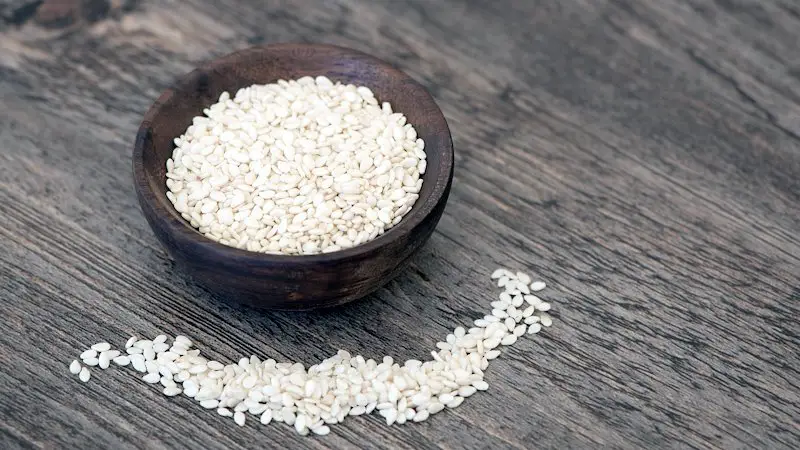
Sesame has become an increasingly recognized and concerning food allergen, as well as the newest addition to the USDA’s top food allergens. The challenge with having a sesame allergy lies in the fact that sesame is not always clearly labeled in ingredient lists, making strict avoidance difficult for those with allergies. As a result, there has been a growing call for improved allergen labeling regulations to protect individuals with sesame allergies better.
13. Red Meats

Red meat allergies are an intriguing and relatively rare phenomenon where your body reacts to a sugar compound in red meat called alpha-gal. Red meat allergies tend to develop after a bite from a tick, called the lone star tick. The lone star tick bite can induce an immune response leading to an allergy to a sugar molecule called alpha-gal, found in red meat like beef, pork, and lamb.
Unlike typical food allergies, reactions to alpha-gal tend to occur several hours after consuming red meat and can manifest as hives, gastrointestinal distress, and in severe cases, anaphylaxis. This delayed onset has made the condition distinct from more immediate food allergies. As red meat allergies due to lone star tick bites continue to be explored, increased awareness and research are essential for proper diagnosis and management of this unusual food allergy.
14. Cinnamon

A true cinnamon allergy is typically caused by the protein found in real cinnamon called “cinnamaldehyde”. This protein is responsible for the popular smell and taste of cinnamon. When you have an allergy to cinnamon, your immune system overreacts when exposed to the cinnamaldehyde protein. Many reactions to cinnamon are sensitivity-based, not allergy-based as cinnamon is known to irritate when it comes in contact with the skin.
15. Corn

An allergy to corn or maize is caused by two major corn allergens, Zea m1, and Zea m 14. The main route of corn allergy exposure is by ingestion, but inhaling or working with corn flour can lead to skin, eyes, nose, and throat irritation and urticaria. It’s important to differentiate between a true allergy and other conditions, such as corn intolerance.
Corn intolerance, also known as non-allergic hypersensitivity to corn, is a condition where an individual is unable to digest or process corn. The immune system is not involved, like with an allergy.
16. Mushrooms

Mushroom allergies are thought to be caused by certain fungal components, but the scientific community has characterized no specific allergens. From the limited mushroom studies published, the main suspect to inducing allergic reactions comes from the spores. Additionally, individuals with allergies to certain pollen types, such as mold or birch pollen, may experience cross-reactivity with mushrooms.
Although there are many self-reports of mushroom allergies, actual diagnosis numbers, and thorough scientific research have yet to be established.
17. Strawberries

Strawberries are one of the most popular fruits around the world, and also a top 20 food allergen. There are 3 major food allergen proteins in strawberries (Fra a 1, Fra a 3, and Fra a 4). Also, there is the possibility of reactions to other fruits such as peaches, plums, and pears as they are all part of the rose (Rosaceae) family.
Interestingly, a strawberry study was conducted and found that white strawberries (I.e. Alpine, white delight, beach, and Pineberries), don’t usually cause an allergic reaction in people with strawberry allergies as these plant varieties are almost entirely free from strawberry allergens.
18. Apples

Apple allergies are commonly found in children and adults worldwide. Most people with an apple allergy experience oral allergy syndrome (OAS) when consuming apples, and have symptoms such as itching or tingling in the mouth and throat. In rare cases, individuals may experience more severe allergic reactions to apples such as anaphylaxis.
19. Kiwi

Kiwi (kiwifruit) allergies vary in severity from person to person and also vary by geographic location. For example, a Japanese study suggests that kiwi is the second most common fruit allergen in children, with apples being number one. Kiwi allergies can develop at any age, and individuals with a history of other allergies may be more susceptible. Cross-reactivity with other fruits, especially those in the latex family, is a notable concern, potentially causing oral allergy syndrome.
20. Carrots

Carrots are one of the most common foods to be the source of a vegetable food allergy. The carrot plant has similar protein markers to certain allergenic trees and weeds, so individuals with pollen allergies to birch or ragweed may have reactions when consuming carrots.
Honorable Mention – Nightshades

Actual allergies to nightshades are quite rare, but nightshade allergy-related terms are searched almost 10,000 times a month. That would put Nightshades at #8 in the top 20 food allergies. Nightshades are a group of plants that belong to the Solanaceae family, which includes tomatoes, potatoes, eggplants, and bell peppers. While nightshades are not typically associated with IgE-mediated food allergies, some individuals may experience sensitivity or intolerance to certain compounds found in these plants.
Summary
Each of the top 20 food allergies was discussed in terms of its prevalence and the level of online interest. I hope that this information provided you with valuable insights into the current landscape of the top 20 food allergies, and shed some light on which allergens are generating the most concern among the general public.
What has been your experience with these allergens, how many of the top 20 food allergies are you allergic to? Let me know via email: Chris@allergypreventions.com

